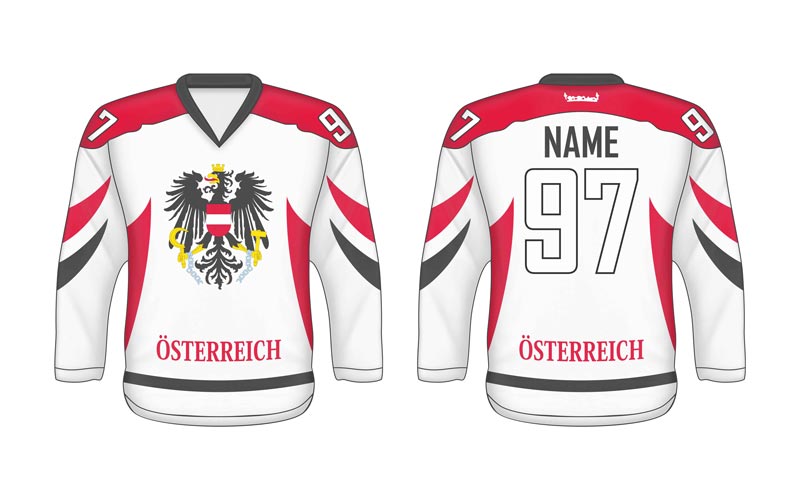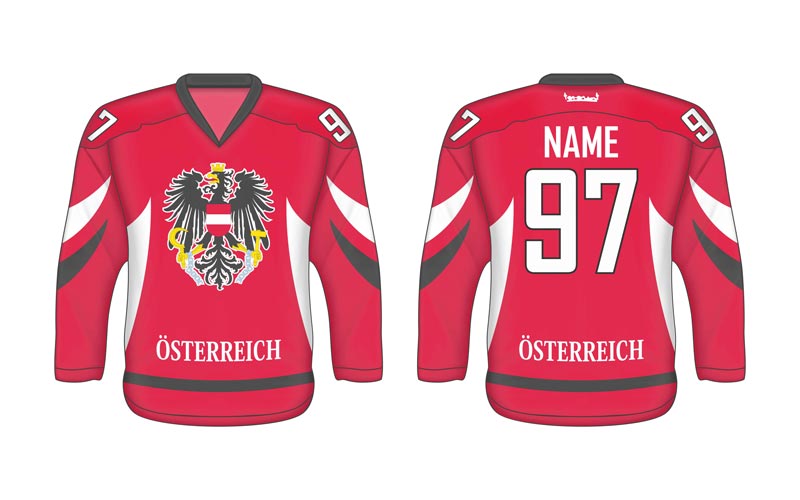Transfer printing is a modification of screen printing, by means of which we can print texts and logos on various fabrics. Transfer printing is characterized by the fact that the colour is not printed directly onto the T-shirt, polo shirt or other fabric, but in the first step it is printed on the transfer foil. After printing the colours on the foil, it is dried at a high temperature in the drying tunnel. Finally, the printed theme is pressed onto the selected fabric. After pressing, the transfer foil is torn off and thus separated from the printed theme.
The transfer print guarantees high wash resistance and brilliant colours. It is cost-effective for larger orders, but in many cases it is slightly more expensive than screen printing. The benefits of transfer printing include its shelf life. It means you order more transfers than you need at the moment. If you want to re-order your fabric, everything is ready to print and, above all, it is cheaper, because the more transfers you order, the lower the price. Transfer printing can be used to print various materials: polyester, cotton, nylon fabric, or a blend of cotton and polyester. The transfer print quality is comparable to screen printing.
Transfer printing is used to print T-shirts, polo shirts, sweatshirts, caps, football and hockey jerseys, work wear or umbrellas. Maximum print size: 34 cm x 38 cm. For production we need graphics in these formats: eps, pdf, cdr, psd, ai, jpeg or tif. As with screen printing, in transfer printing, colours can be defined in Pantone or CMYK values. We recommend washing up to 40°C
The price depends on the print size, the number of colours and the quantity of items ordered.
Advantages:
- transfer printing is one of the cheapest fabric printing methods; it is especially advantageous when ordering many items,
- shelf life - i.e. to make more transfers than you need at this moment and later in case of your need just press transfers to fabrics,
- possibility to print any graphic but max. 7 colour theme. Vector printing: possible - no limit, min. line thickness approx. 0.5 mm.
- printable (raster) printing (consultation required),
- any colour printing + option with metallic colours (gold / silver).
Disadvantages:
- unfavourable price when small number of items (up to 20-50 ps depending on the number of colours),
- the technology is limited for raster printing and very fine transition printing (consider using digital DTG printing),
- a little more expensive than screen printing done directly on fabric (or transfer foil).
Further information:
- washing is possible at 40°C,
- maximum print size: 34 cm x 38 cm,
- printable materials: a) cotton, b) blend of cotton and polyester – the quality of this blend?, c) nylon (a test print must be made before printing).



 Slovensky
Slovensky Deutsch
Deutsch Česky
Česky